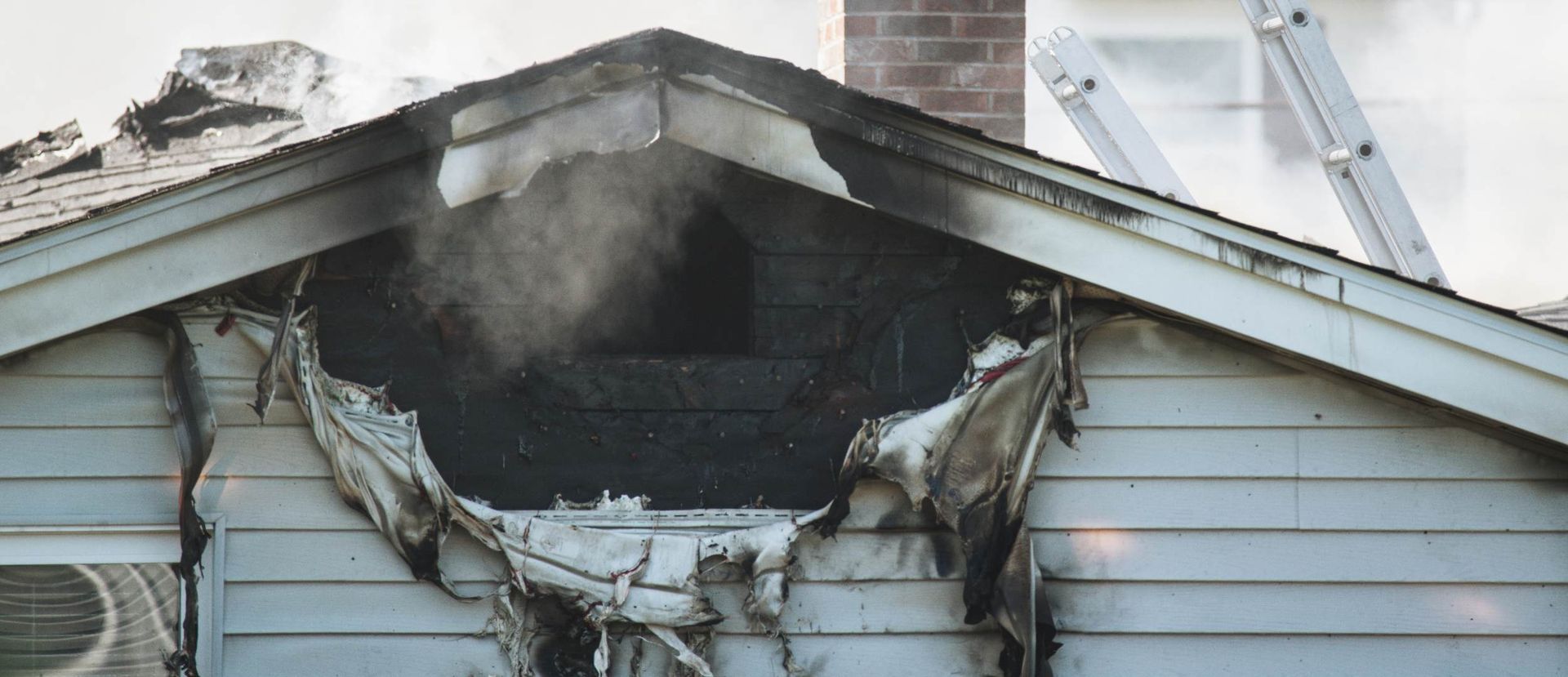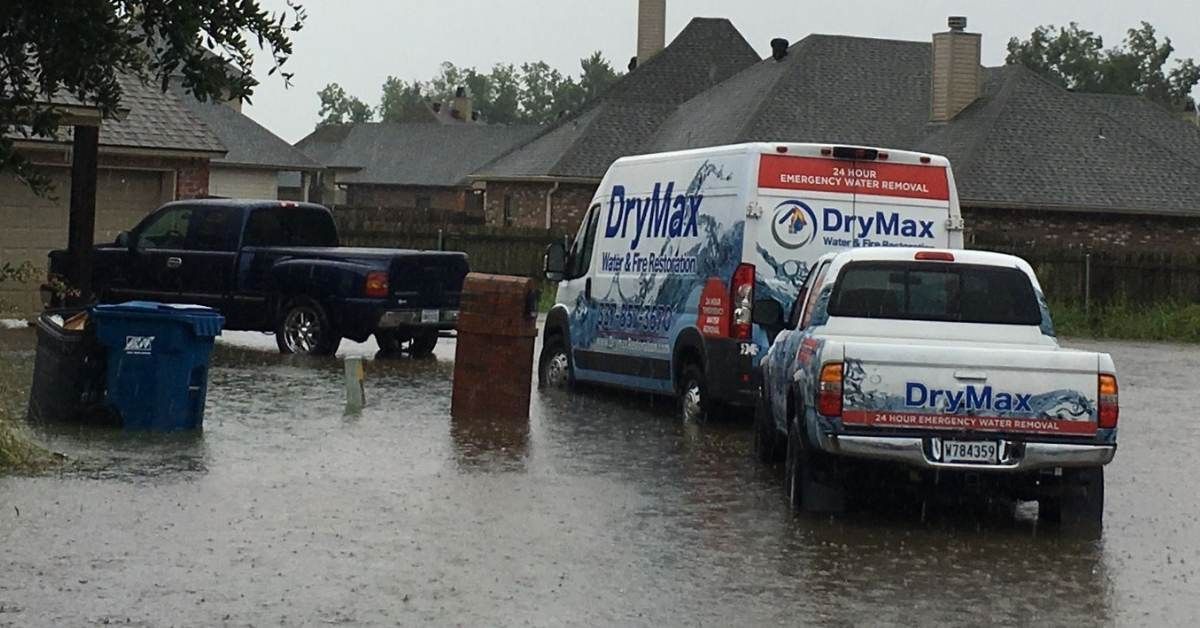Smoke Odor Removal - DIY Techniques and Professional Solutions for a Fresh Home After a Fire
Learn how to remove smoke odors after a fire and whether hiring a professional is necessary, including deep cleaning techniques, using baking soda, and the importance of proper ventilation.
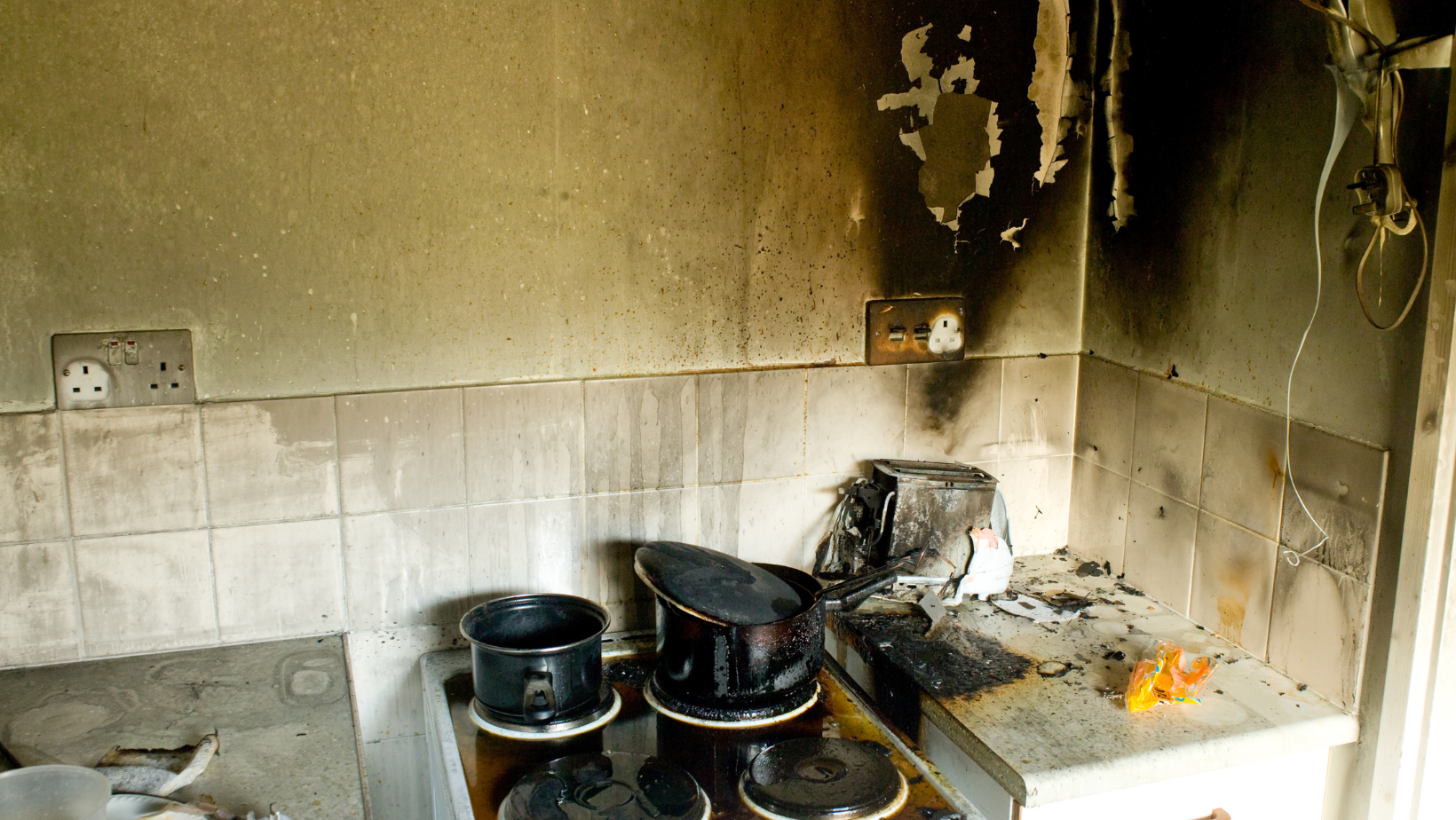
Understanding Smoke Odors
Removing smoke odors after a fire is a crucial step in restoring a safe and habitable environment. Smoke particles from a fire can stubbornly adhere to surfaces such as walls, furniture, floors, and clothing inside the home, resulting in [enduring smoke odors](https://extension.okstate.edu/programs/emergency-and-disaster-preparedness/wildfire/removing-smoke-odor-following-a-fire.html). These odors not only compromise indoor air quality but also present potential health risks, underscoring the significance of their thorough removal. For instance, individuals exposed to lingering smoke odors may experience respiratory issues, allergies, or irritation, emphasizing the urgency of addressing this concern promptly.
In addition to the common DIY methods such as deep cleaning, using baking soda for odor absorption, and airing out the house, there are specific techniques tailored for different items and areas to ensure comprehensive cleaning and deodorizing. For example, cleaning and deodorizing clothing to remove smoke smell may necessitate multiple washes with vinegar, highlighting the need for precise approaches depending on the affected materials. Moreover, ash and soot on the ground and vegetation can perpetuate smoke odors and airborne particles, amplifying the importance of meticulous cleaning and restoration efforts to prevent residual odors from persisting.
It's essential to recognize that without addressing these odors comprehensively, the home may remain an inhospitable environment, and the well-being of its occupants could be compromised. Therefore, by understanding the nature of smoke odors and the tailored techniques for their removal, individuals can effectively mitigate the aftermath of a fire and restore a healthy living space.
Steps to Remove Smoke Odors After a Fire
Removing smoke odors after a fire is a multi-step process that requires thorough and meticulous attention to detail. Deep cleaning techniques for walls, furniture, and floors are essential to eliminate lingering smoke particles and residue. For example, using a mixture of warm water and white vinegar can be an effective method for cleaning walls and ceilings, as the vinegar helps to cut through the oily residue left by smoke. Additionally, employing a high-quality degreaser can aid in the removal of smoke stains and odors from hard surfaces, ensuring a more comprehensive cleaning process.
DIY methods such as using baking soda and activated charcoal are known for their odor-absorbing properties and can be especially useful in absorbing and neutralizing smoke odors from various surfaces and materials. For instance, placing small bowls of baking soda in different areas of the home can help to absorb odors, while activated charcoal can be used in a similar manner to eliminate smoke odors from fabrics and upholstery. Furthermore, incorporating specific tips for cleaning and deodorizing clothing is crucial in addressing smoke smells that may have permeated into various garments. For example, using a vinegar and water solution during the wash cycle can help to eliminate smoke odors from clothing, especially when dealing with more stubborn odors.
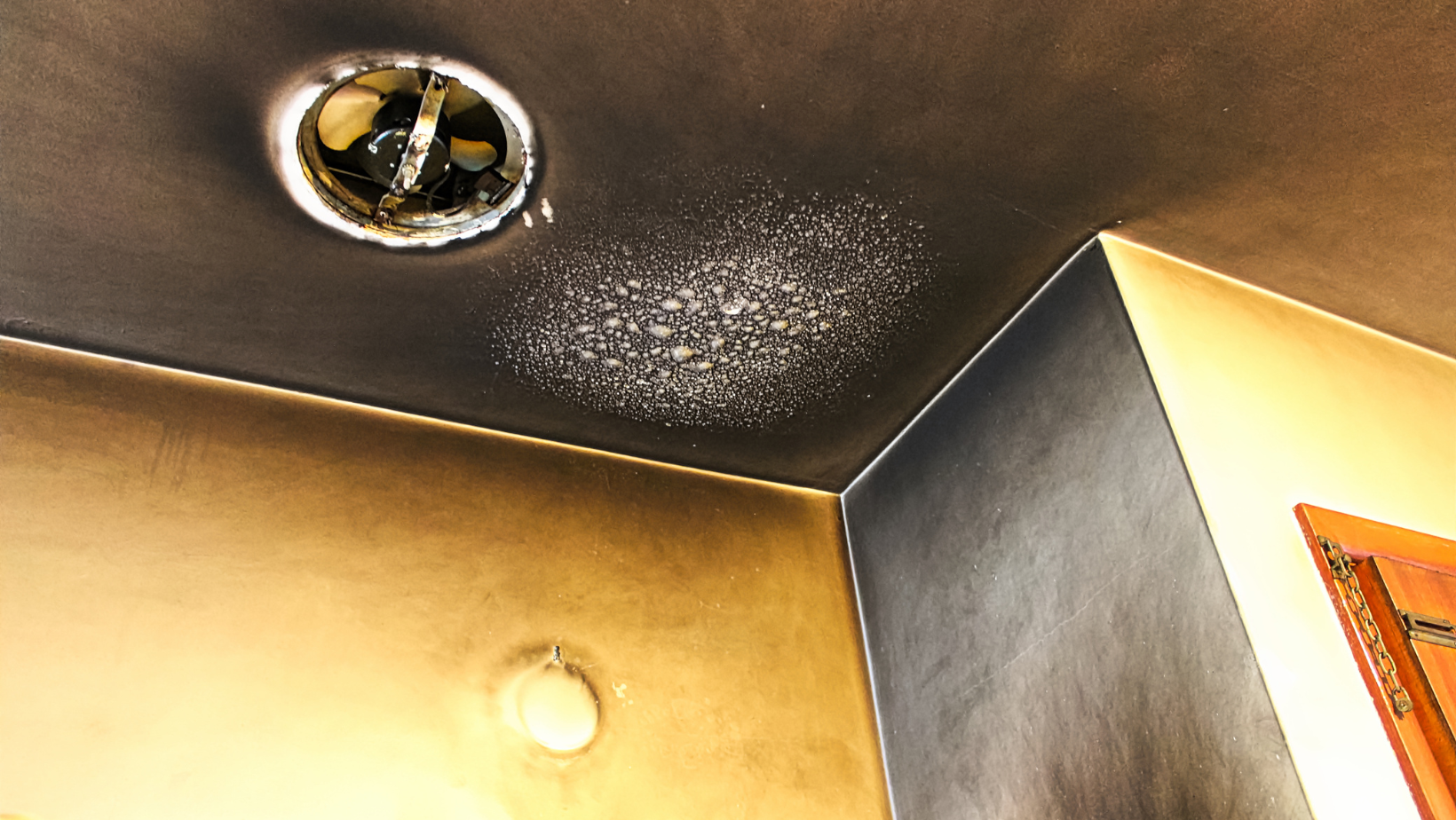
In cases where smoke odors persist despite DIY efforts, it may be necessary to consider hiring a professional to use an ozone generator for a more intensive and targeted odor removal process. Ozone generators work by producing ozone, a reactive form of oxygen, which can effectively neutralize and eliminate smoke odors from the air and various surfaces, providing a more comprehensive approach to odor removal. Additionally, for larger items such as furniture, house tent fumigation or the use of a thermal fogging machine can be beneficial in the restoration process, as these methods can penetrate deep into the fabric and structure of the items to address embedded smoke odors. These advanced techniques can significantly contribute to the thorough removal of smoke odors, ensuring a more complete restoration of the affected space.
Benefits of Hiring a Professional for Smoke Odor Removal
One notable benefit of hiring a professional for [smoke odor removal](https://www.drymaxrestoration.com/services/fire-damage) is the utilization of state-of-the-art equipment, which plays a crucial role in achieving thorough and prompt restoration. For instance, leading restoration companies like DryMax Restoration utilize cutting-edge equipment to effectively address smoke odors in homes and properties. This advanced technology allows for a comprehensive approach to removing smoke particles and odors from various surfaces and items within the affected area.
Moreover, the expertise of certified technicians is a significant advantage when opting for professional smoke odor removal services. These professionals are trained to understand the complexities of fire and smoke damage restoration, enabling them to deploy specialized techniques for effective odor removal. By leveraging their knowledge and experience, they can ensure that the restoration process is carried out with precision, addressing the root cause of the smoke odors and implementing tailored solutions for different items and areas within the property.
Furthermore, the assurance of odor-free results is a compelling reason to consider professional smoke odor removal services. The use of advanced technology and professional expertise translates into a guarantee that the property will be thoroughly deodorized, providing occupants with a clean and fresh environment. Additionally, the consideration of dry cleaning for smaller items underscores the meticulous approach taken by professionals to ensure that every aspect of smoke odor removal is comprehensively addressed, leaving no room for lingering odors. This commitment to delivering a completely odor-free space underscores the effectiveness of professional smoke odor removal services in restoring the comfort and habitability of a home after a fire incident.
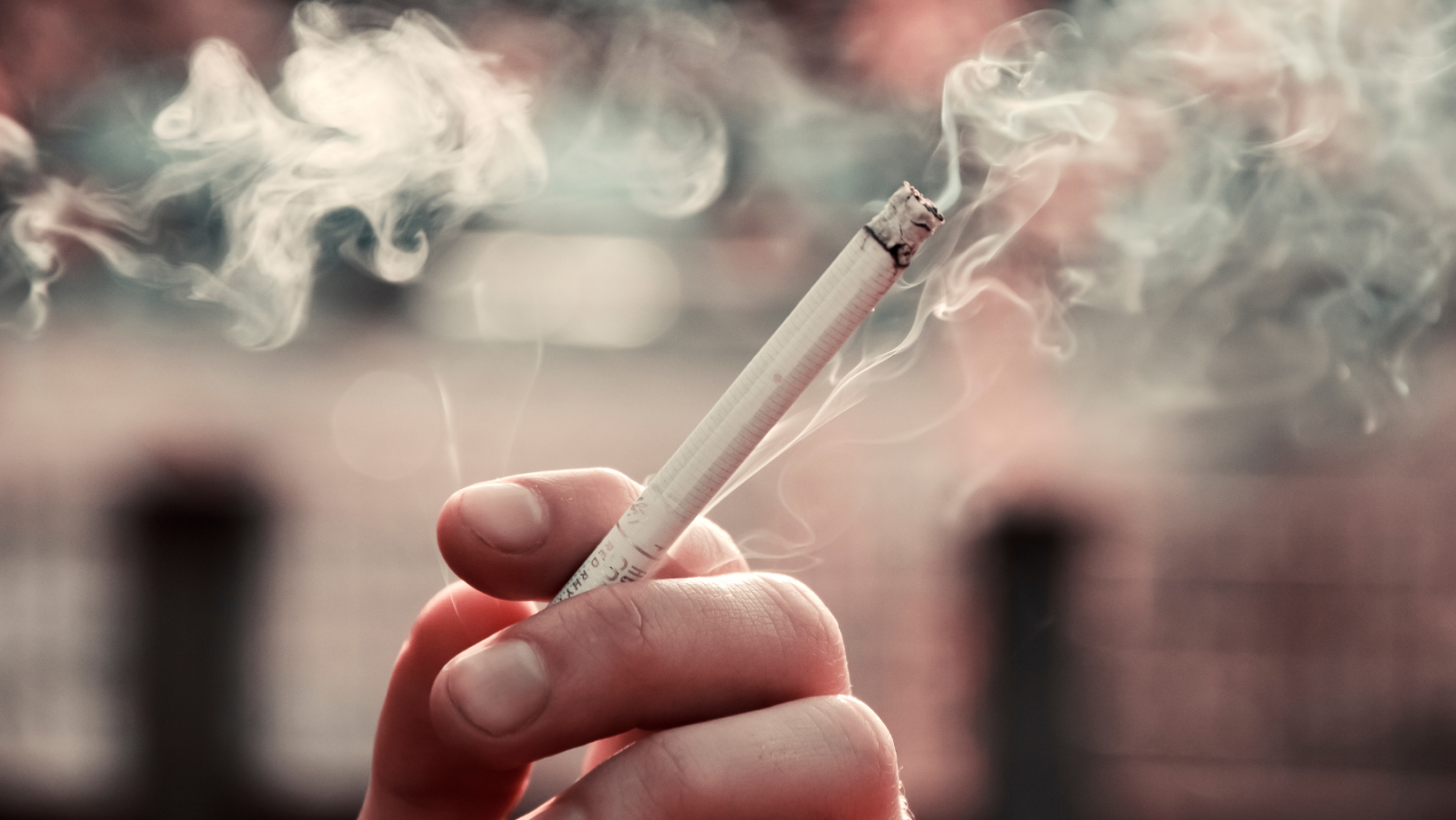
Importance of Proper Ventilation in Smoke Odor Removal
When it comes to effectively removing smoke odors after a fire, proper ventilation is a critical factor. By using air purifiers and ionizers, indoor air quality can be significantly improved, reducing the concentration of smoke particles and odor molecules in the air. Additionally, the cleaning of HVAC systems and ductwork is essential to ensure that all smoke particles are effectively removed from the home's ventilation system, preventing the circulation of residual odors.
For instance, consider the scenario of a home affected by a fire. Even after the visible damage has been addressed, smoke particles can linger in the air and settle on various surfaces, continuing to emit unpleasant odors. In such cases, the strategic use of air purifiers and ionizers can aid in the removal of these lingering odor particles, thereby contributing to a fresher and cleaner indoor environment.
Moreover, the simple act of opening windows and doors can facilitate the circulation of fresh air, allowing the odorous air inside the home to be replaced with cleaner outdoor air. This natural ventilation process is an accessible and effective way to reduce smoke odors and improve indoor air quality, thus promoting a healthier living environment for occupants. Therefore, it is evident that proper ventilation is a fundamental aspect of smoke odor removal, impacting both the olfactory comfort and overall well-being of individuals residing in the affected space.
Utilizing Odor Encapsulate Products for Smoke Odor Removal
When it comes to effectively removing smoke odors after a fire, the utilization of odor encapsulate products is a crucial step. These products are designed to break down the smoke molecules causing the odor, ultimately leading to long-term odor removal. For instance, advanced odor encapsulate products work by neutralizing the odor molecules, thereby eliminating the unpleasant smell from the affected areas. This method of encapsulation ensures that the odor is not just masked but effectively dealt with at a molecular level, providing a more thorough and lasting solution to the problem.
In addition to the use of odor encapsulate products, professional smoke smell removal services often incorporate advanced technology to guarantee odor-free results, offering a comprehensive restoration of the indoor environment. For example, companies specializing in smoke odor removal may utilize ozone generators or other advanced equipment to eradicate the lingering smoke odors, providing homeowners with the assurance of a clean and fresh living space. By employing such professional services, individuals can benefit from the expertise and technology that are specifically tailored to address smoke odor removal, ensuring a more efficient and effective restoration process.
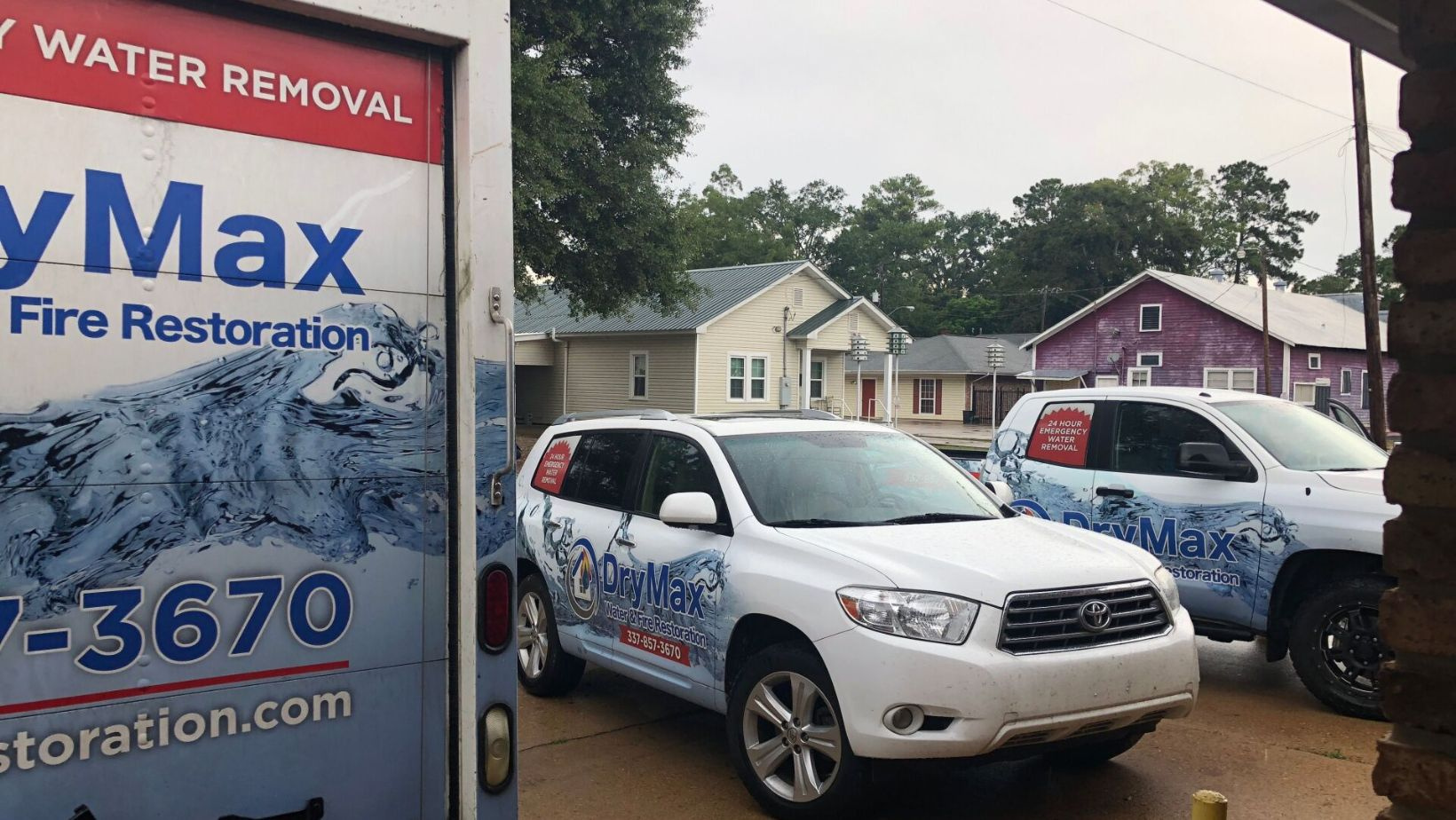
Conclusion
Prompt and effective smoke odor removal after a fire is crucial for restoring a safe and healthy living environment. Not only can smoke odors be unpleasant, but they can also impact indoor air quality and pose potential health hazards. Therefore, it's essential to take proactive steps to address the issue. For instance, using air purifiers and ionizers can significantly improve air quality by removing smoke particles from the indoor environment. Additionally, cleaning HVAC systems and ductwork is vital to eliminate lingering smoke particles that may circulate throughout the home.
Moreover, the use of specialized techniques for different items and areas is crucial for thorough cleaning and deodorizing. For example, when dealing with clothing, multiple washes with vinegar may be required to effectively remove smoke smell. On the other hand, for larger items such as furniture and household belongings, utilizing house tent fumigation or a thermal fogging machine can be instrumental in eradicating deep-seated smoke odors. These specialized techniques, coupled with professional expertise, can ensure a comprehensive restoration process.
Furthermore, the importance of utilizing effective odor removal products cannot be overstated. Odor encapsulate products play a vital role in breaking down smoke molecules causing the odor, leading to long-term odor removal. Similarly, professional smoke odor removal services offer the advantage of using advanced technology and guaranteeing odor-free results, providing homeowners with peace of mind and assurance of a thorough restoration process. Therefore, when addressing smoke odors after a fire, it's crucial to consider the benefits of professional assistance and the use of specialized techniques and products to achieve optimal results.

